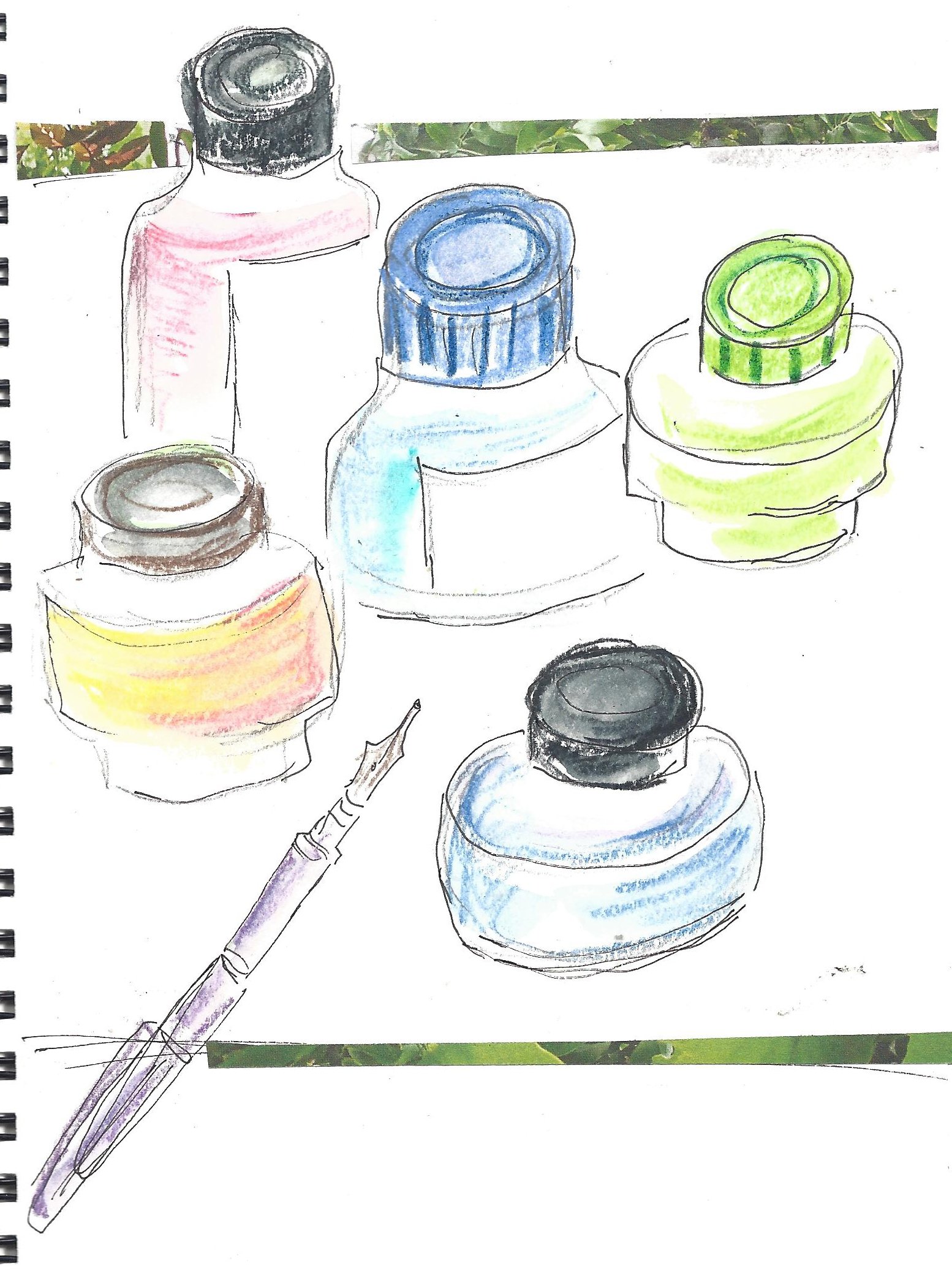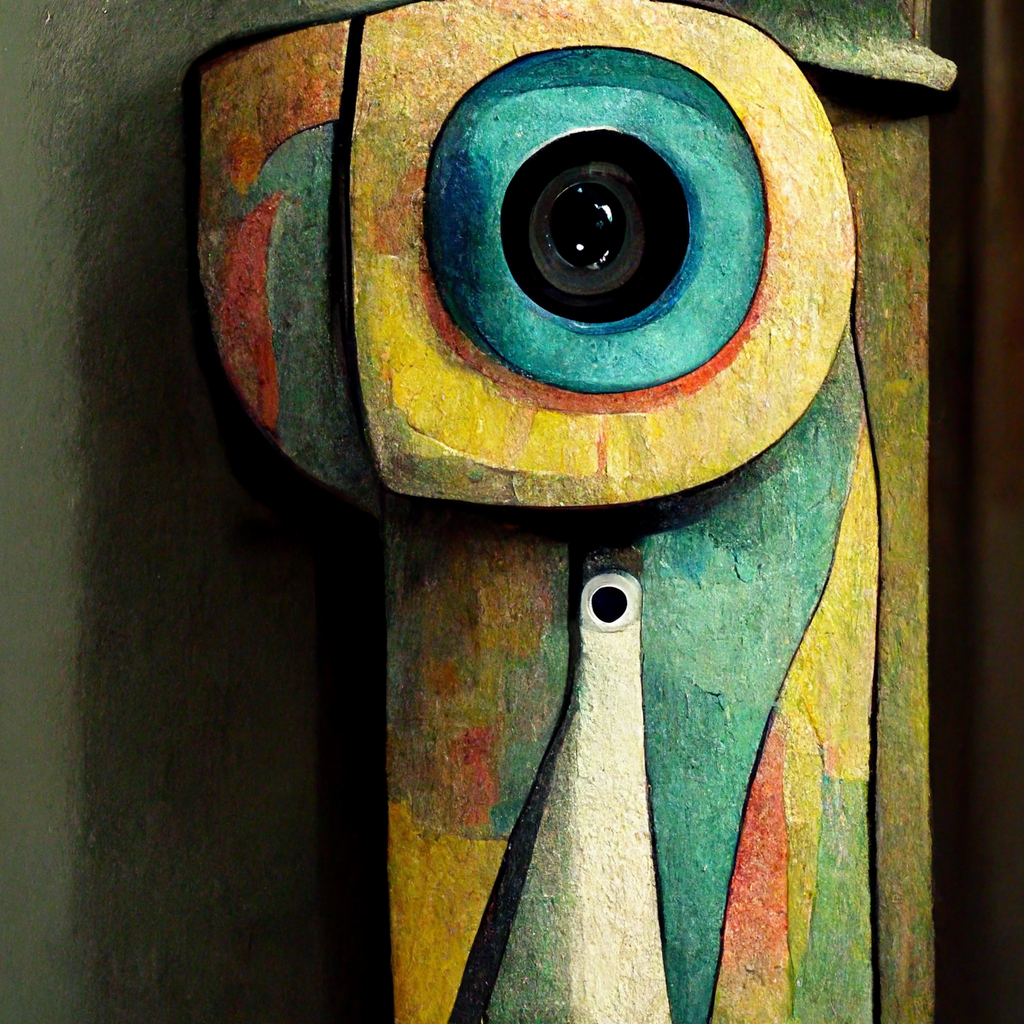Using postcards to support dissemination and to improve practice
by Bernie Carter, Professor of Children’s Nursing, Faculty of Health, Social Care and Medicine at Edge Hill University, UK.
Some of this post is extracted from a ‘Snapshot’ about using postcards I contributed to the creative dissemination chapter for Creative Methods for Human Geographers (Von Benzon, Holton, Wilkinson, & Wilkinson, 2021 pp385-6). This book has a wealth of information about creative qualitative methods that will inspire and stimulate creative thinking. Use the code SAGE30 for a discount when you order from SAGE Publishing.
I work with children and young people experiencing pain, long term conditions, disability and complex healthcare needs, as well as with their families and the professionals who work with them. As a qualitative researcher I’m drawn to new-to-me and innovative methods but only if I think they will add value to my research work, generate ‘good’ data and responses, and help to engage with participants. In healthcare it is particularly important that dissemination goes beyond just people learning new things. Effective dissemination should include an element that triggers a level of critical thinking about what has been learned (Carter, 2020). One simple way of achieving this is by adding a postcard element to a presentation, workshop or teaching session that is disseminating the study findings.
I’ve used both electronic and hard copy postcards in a variety of studies as an effective way of sustaining contact with participants as well as sharing and disseminating ideas with participants, stakeholders and the wider public. Electronic postcards can be convenient as they can be distributed at little cost across a wide geographical area; however, I also value the benefits of hard copy ‘real’ postcards when working with children, families, and professionals. In a world that is increasingly experienced remotely, there is something to be valued about a tangible object such as a postcard; postcards are familiar objects but are often treasured. Postcards can be used in research in a variety of different ways (Gold, 2008). For example, in Millman’s (2013 p385-6) study a postcard featuring a grid of six images of Birmingham’s canals was used to generate responses to the canal landscapes and the findings revealed narratives, personal recollections, associations, and preferences. A more structured use of postcards can be seen in Axup and Viller’s (2006) study of backpackers in Australia to elicit responses to specific questions to determine design issues for a mobile travel assistant.
Turning to how I have used postcards in my work, I will draw on my experience from a study that focused on the assessment and management of pain in children who have very profound cognitive impairment and very limited methods of communication. In this study I was interested in how parents and professionals communicated about the children’s pain. Although generating evidence was a fundamental aim of the study, equally crucial was disseminating the findings to influence clinical practice and inform parents. So, alongside co-creating information sheets (Carter, 2020) and an animation (www.edgehill.ac.uk/communicatinglilyspain/), postcards were developed to trigger thinking.
When presenting the findings of the research to the public, towards the end of the presentation I invite attendees to write down/draw an image of something memorable they learned from the session onto the postcard. I guide health professionals to think of something they would like to implement in their practice, and I suggest parents note something that they learned that could help their child. I invite attendees to hand the completed postcards back to me. I explain that I will return the postcards to them in about three months as a reminder of what they learned and pledged. The value of the postcards is that they trigger personal reflection on the day, while three months later they act as a form of continuing embedded dissemination.
Postcards were designed using a black and white image of a twisted torso, which was suggestive of tension and pain, but which was intended to be neutral in terms of age, gender and ethnicity. The reverse side had a space for the person's postal and/or email address and space for the person to write or draw their response and learning. My email address is also included on this side of the postcard. I’ve have used these postcards most times I have presented the study findings.
Example of completed postcard with a professional’s pledge to improve practice (name and address obscured).
When returning the postcards by post, I usually put them in an envelope so that only the person opening the envelope sees the message; this is particularly important if people have shared sensitive learning. An alternative option is to scan the postcard and send it by email; this is the cheapest option and possibly the most secure as it goes directly to the person. The downside of scanning the postcard is that the person does not receive the physical postcard that they can keep as a reminder. It is also worth considering that some people (for instance children or elderly participants) may not have access to a computer or the internet.
Although these postcards were professionally designed and produced postcards, the costs can be reduced by designing postcards using readily available design software or simply using Word/Pages and then printing them on card or paper on a standard photocopier and cutting them out.
The postcards have elicited responses from professionals who have updated me on their progress, asking for information about the project, providing feedback on the resources and even asking me to present a session on pain. Parents have also responded to the postcards often focusing on who they have shared the study findings and resources with and whether they feel more confident in talking about their child’s pain. The use of postcards in this way helps sustain engagement and can create ongoing dialogue. Effective dissemination should include an element that triggers a level of critical thinking about what has been learned. One simple way of achieving this is by adding a postcard element to a presentation, workshop or teaching session that is disseminating the study findings.
References
Axup, J., & Viller, S. (2006). Sampling mobile opinion: A contextual postcard questionnaire study. First Monday. doi:10.5210/fm.v11i9.1402
Carter, B. (2020). Animating children’s pain research: using arts-based approaches to disseminate knowledge and mobilise emotions. Nursing Standard., 35(10), 4. doi:10.7748/ns.35.10.48.s31
Gold, J. (2008). Postcards. In R. Thorpe & R. Holt (Eds.), The SAGE Dictionary of Qualitative Management Research. London.
Millman, Z. K. (2013). Photographic Postcards as Research Tools: The ‘Postcards from the Cut’ Study. Graduate Journal of Social Science, 10(2), 22.
Von Benzon, N., Holton, M., Wilkinson, C., & Wilkinson, S. (2021). Creative methods for human geographers. London: SAGE Publications.
Relevant Methodspace posts












Academic writing is not always writing! Pictures and media enliven our writing, and can be important for showing concepts and contexts.